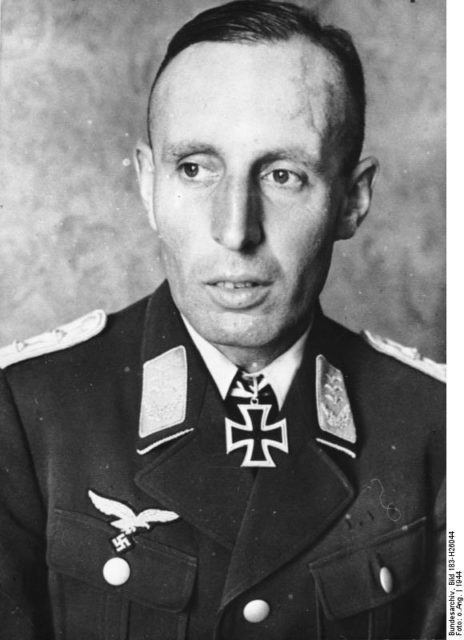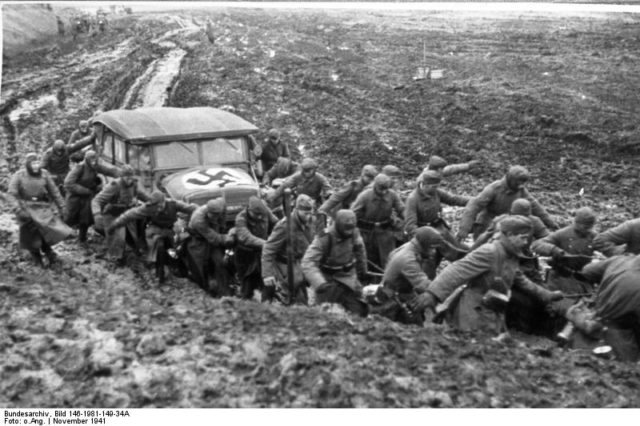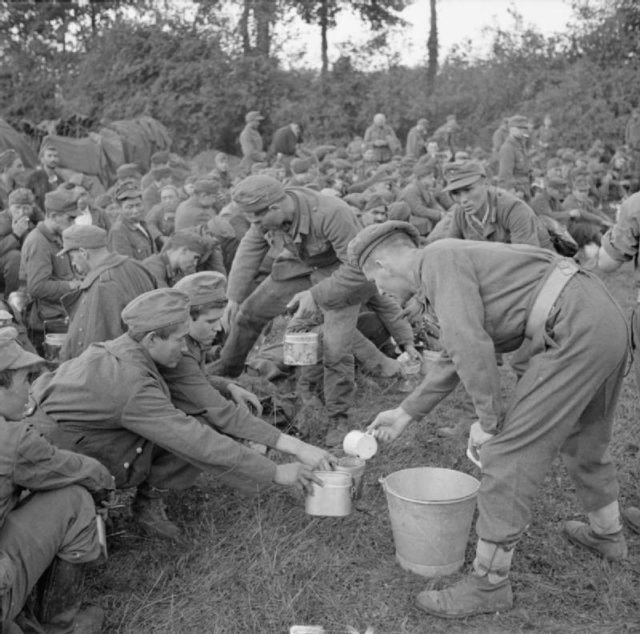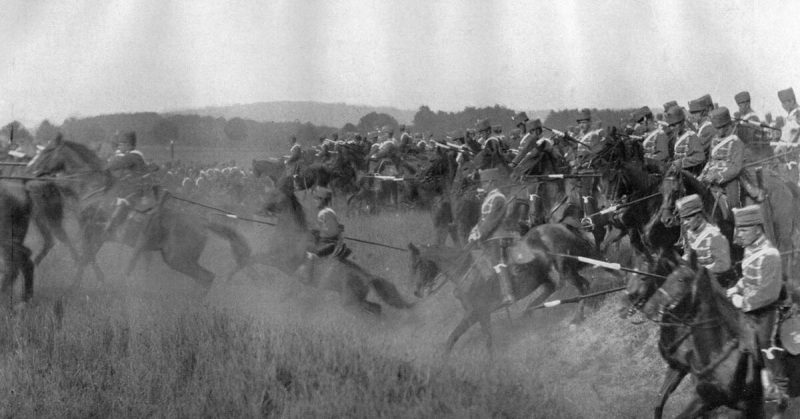WWII saw paratroopers become an important part of warfare for the first time. Among the most gifted paratroop commanders was Friedrich August Freiherr von der Heydte. A German Catholic, he was known by some colleagues at the Rosary Paratrooper.
First Military Service
Born in 1907, Heydte entered the German military during the period following WWI. A passionate horseman, he enlisted, and after a short spell in the infantry, he became a cadet officer in a cavalry regiment. It was a tough life of hard work and discipline.
The Versailles Treaty limited the size of the German army. To overcome the restriction, German officers were trained but not mobilized to create a large reserve of men ready to be called up for war. As part of the process, Heydte left the army in the fall of 1926.
Punching a Nazi
After leaving the army, Heydte went to university to study law. In his spare time, he committed himself to studying religion. His family was not wealthy, and so he funded himself by working as a private tutor.
In 1927, Heydte transferred to study at the Austrian Consular Academy in Vienna. The German Foreign Office provided bursaries for students studying there, making it a better option financially.
He studied in Vienna until 1934. Then, he got in trouble with the authorities after he and a friend beat up a Nazi for insulting the Catholic church. To avoid arrest by the Gestapo, Heydte rejoined his cavalry regiment.

Back to the Army
Heydte’s return to the army was badly timed. His cavalry regiment was turned into an anti-tank regiment the next year, depriving him of the joys of horsemanship.
Following a general staff course, Heydte returned to his unit at the outbreak of WWII. He served in the western campaign of 1940, earning an Iron Cross First Class.
In August, his application to move from a boring supplies post to a parachute regiment was accepted.
Crete
After completing his training, Heydte took command of the 1st Battalion of the 3rd Parachute Regiment.
In May 1941, he led his men in the first major paratroop invasion in history – the invasion of Crete.
Heydte’s battalion was scattered during the initial landing, as were many German units. He regrouped and led them in fierce fighting to control the village of Galatas. He then led the right flank of the assault on Canae. Leading the first German troops into the town, he accepted its surrender a day before the British withdrew from the island.
Russia
After Crete, the battalion was sent east, to the Russian front. There, they were one of many units filling gaps in the struggling German lines. Realizing the danger the weather would be to his men, Heydte “organized” a consignment of heavy coats for them en route.
In fighting near the Neva river, Heydte’s paratroopers took part in brutal hand-to-hand fighting against the desperate Soviets. His swift thinking saw a massive Russian night-time assault halted using flares and machine-guns.
Injured by a piece of shrapnel, Heydt had a close call when another piece of shrapnel killed the medical officer treating him.

Tunisia
After convalescing, Heydt moved on to serve in North Africa. He took part in the failed feint at Alam Halfa, then fell sick with dysentery.
His convalescence was cut short. When Montgomery attacked at El Alamein, Heydte rushed to rejoin his unit. Dysentery struck again, but more severely. He was flown back to Germany to recover and missed the Axis forces’ eventual defeat in the desert war.
Italy
The next stop in Heydte’s whirlwind tour of the war was Italy. The Allies had invaded the south of the country and were driving German and Italian forces back.
Realizing that the Italians were on the verge of surrender, the Germans developed Operation Alaric, to take control of Italy and its armed forces. When the order for Alaric came, he arrested local Italian officers, as ordered. He then advanced to Rome, where he bluffed the city and the officers there into surrendering.
Expecting his next target would be Elba, he set out on an aerial reconnaissance mission to the island. His plane crashed, and he was again hospitalized.
Normandy
Following recuperation, Heydt was put in charge of training a newly raised parachute regiment in northern France. On June 5, he did not go to the war game attended by many other senior commanders. As a result, he was with his regiment when the Allies attacked on D-Day.
After personally going to observe what was happening, Heydte decided to try to halt the Allies at Carentan, on the road from Cherbourg to Caen. His unit took heavy casualties before being forced to retreat by the Americans.

On June 23, Heydte participated in the last successful counterattack by the German 7th Army. After, he led his men in a breakout from a pocket around Falaise.
By then, his unit was in tatters. Only 40 men remained unwounded. They were posted to Germany to recover, and Heydte was given a training post.
The Bulge
In December, Heydte was recalled to active service one last time. He assembled a battle group that would be dropped behind Allied lines to secure roads as part of the Ardennes counterattack.
The counterattack became the Battle of the Bulge. The Germans were contained and then driven back. A poorly executed drop had scattered his unit and Heydte struggled to make contact with the other German forces. Cut off tens of miles behind Allied lines, he eventually split his unit into small groups, sending them to attempt to make their own way home. On Christmas Eve 1944, he surrendered to the Allies.
After the war, Heydte became an academic and then a politician. He died in 1994.
Source:
James Lucas (1996), Hitler’s Enforcers
